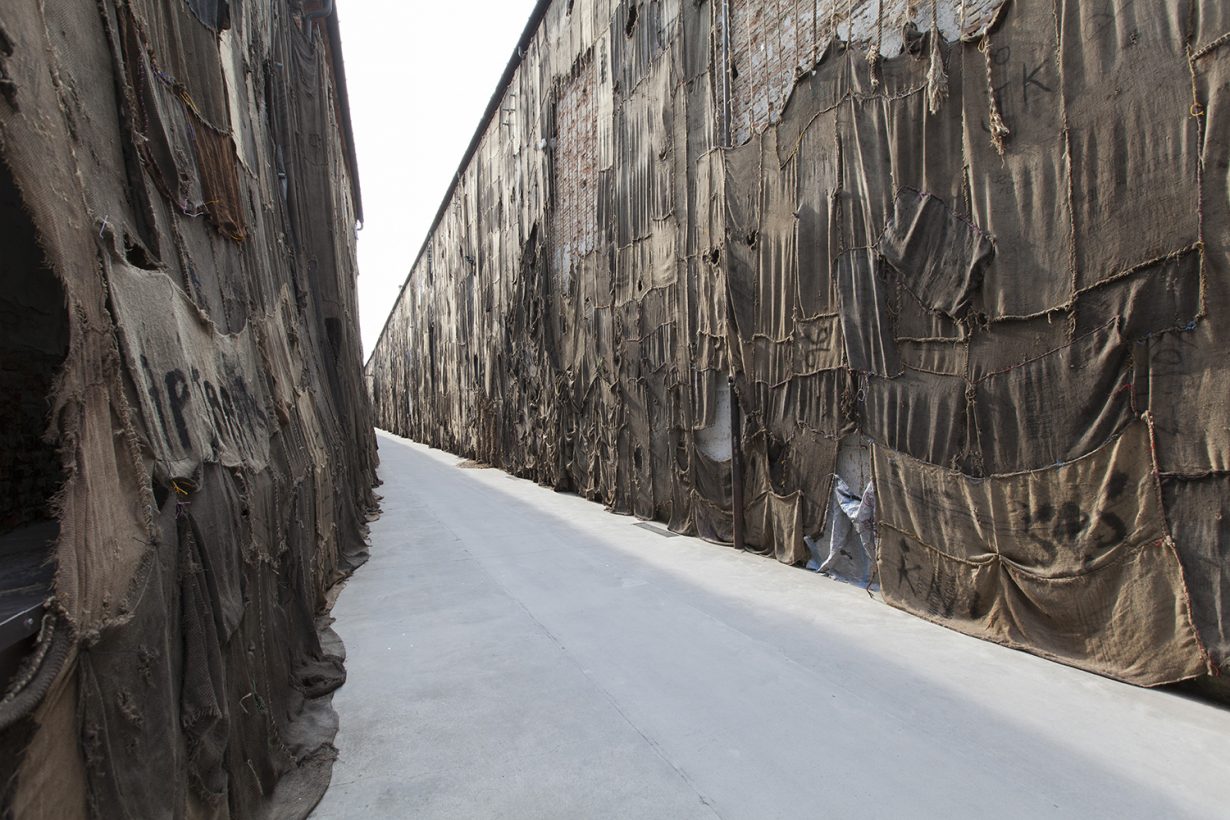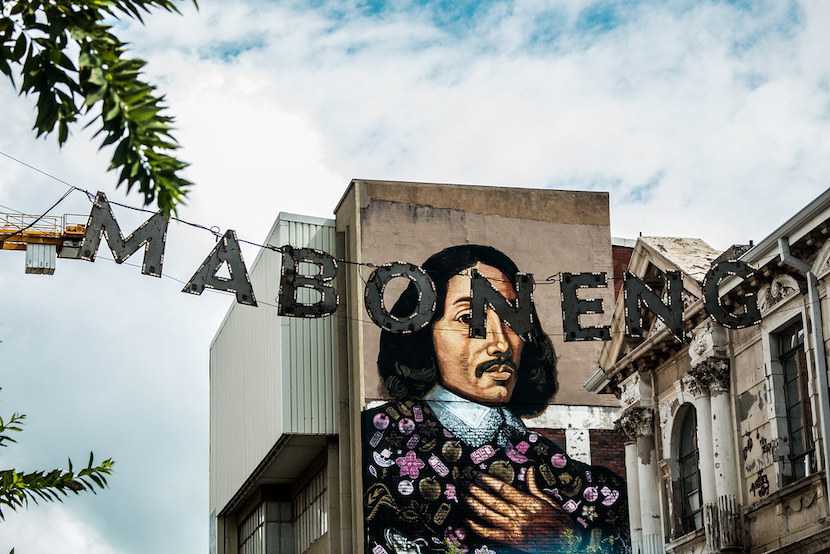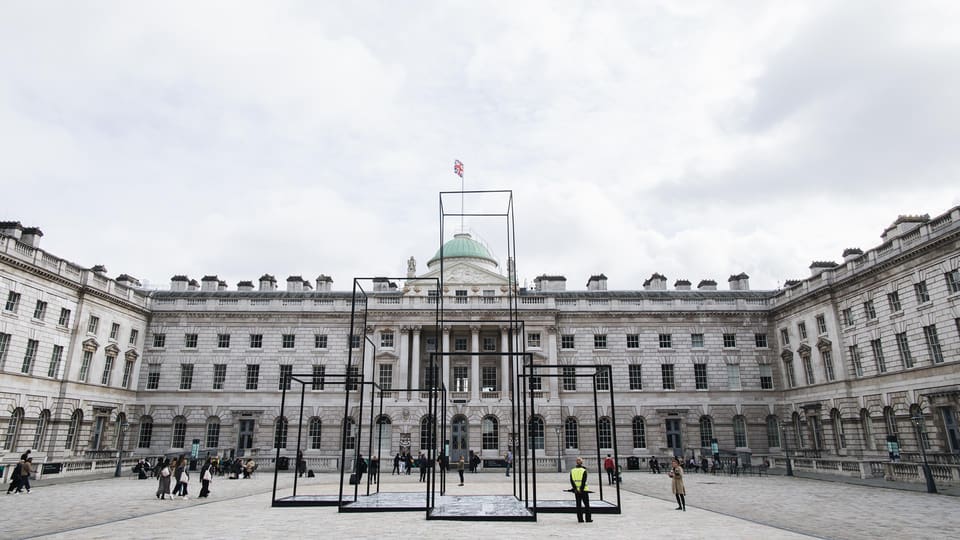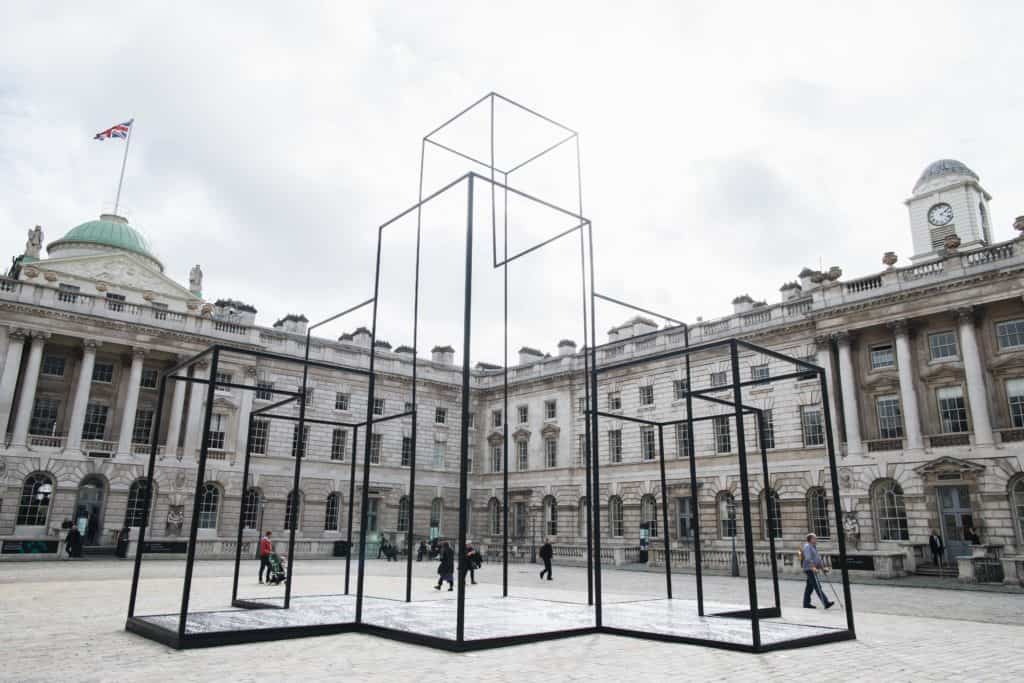African Artists and Urban Renewal: Transforming Cities with Art
The notion of urban renewal has long been a tantalizing topic for city planners and architects alike, a process of healing the wounds inflicted by time and neglect, of breathing new life into decaying neighborhoods. The potential for transformation is most potent when art takes center stage, acting as both a catalyst for change and a mirror reflecting the aspirations of the people. Within this context, African artists have emerged as uniquely placed to contribute to this endeavor, their vibrant, diverse and rich cultural expressions adding texture and depth to the urban landscapes they help shape.
The Role of Art in Urban Renewal
Art possesses a unique ability to engage communities, spark conversations and create a sense of identity. As such, it has become an essential ingredient in the recipe for urban renewal. When woven into the fabric of a city, art has the power to humanize its concrete and steel edifice, providing spaces for contemplation, inspiration, and connection. In recent years, African artists have gained prominence in this arena, their work often characterized by its innovative use of materials, poignant social commentary, and deep-rooted connection to the continent’s rich cultural heritage.
Notable African Artists and Their Contributions to Urban Renewal
African artists have been at the forefront of many urban renewal projects, both on the continent and around the world. Their unique artistic sensibilities and profound understanding of social issues have helped breathe new life into struggling communities, while fostering an environment in which art, culture, and economic growth can flourish.
El Anatsui: Repurposed Materials and Environmental Awareness
Ghanaian artist El Anatsui has made a name for himself with his large-scale, shimmering tapestries constructed from discarded aluminum bottle caps and copper wire. These intricate, shimmering installations not only transform waste into breathtaking works of art, but also serve as a reminder of the environmental challenges facing the continent. By repurposing materials that would otherwise be discarded, Anatsui’s art also highlights the importance of sustainable practices in the process of urban renewal.
William Kentridge: Public Murals and Social Commentary
South African artist William Kentridge has long been celebrated for his evocative murals, which address issues such as apartheid, colonialism, and social injustice. His large-scale public works, often created using charcoal and pastels, bring these themes to the forefront, inviting viewers to engage in conversations about the shared past and future of their communities. In doing so, Kentridge’s art helps to foster a sense of unity and understanding in the face of social divisions, which is essential to the success of urban renewal projects.
Ibrahim Mahama: Jute Sack Installations and Economic Critique
Ghanaian artist Ibrahim Mahama uses jute sacks, a ubiquitous symbol of trade and commerce in Africa, to create monumental installations that critique global economic systems and their impact on local communities. By repurposing these materials and draping them over buildings, bridges, and public spaces, Mahama not only raises awareness of the inequities inherent in the global economy, but also demonstrates the transformative power of art to effect social change.

eL Seed: Calligraffiti and Cultural Unity
Tunisian-French artist eL Seed combines the elegance of Arabic calligraphy with the vibrancy of street art to create what he calls “calligraffiti.” His large-scale murals can be found in cities across the globe, often in neighborhoods marked by cultural tensions or divisions. Through his art, eL Seed aims to foster a sense of unity and understanding, using the beauty of his calligraphic creations to bridge the gap between different communities and help pave the way for a more inclusive urban environment.
Yinka Shonibare: Public Sculptures and Cultural Identity
Nigerian-British artist Yinka Shonibare is renowned for his vibrant public sculptures, which often incorporate brightly patterned textiles inspired by African wax prints. These visually arresting works not only celebrate the rich cultural heritage of Africa, but also challenge traditional notions of identity and belonging. By incorporating these elements into public spaces, Shonibare’s art contributes to the creation of a more diverse and inclusive urban landscape, in which the stories and experiences of different communities are acknowledged and celebrated.
Case Studies of Urban Renewal Projects in African Cities
The impact of African artists on urban renewal can be seen in several noteworthy projects across the continent, each demonstrating the transformative power of art when employed in the service of community revitalization.
The Maboneng Precinct, Johannesburg, South Africa
Once a neglected industrial area on the outskirts of Johannesburg, the Maboneng Precinct has undergone a remarkable transformation in recent years. At the heart of this change has been the influx of artists and creative industries, who have breathed new life into the neighborhood’s abandoned warehouses and factories. Today, Maboneng is a vibrant, thriving community, characterized by its eclectic mix of galleries, studios, cafes, and boutiques. This renaissance serves as a powerful testament to the ability of art to spark urban renewal and create spaces in which culture and commerce can coexist.
Makoko Floating School, Lagos, Nigeria
In the bustling city of Lagos, Nigerian architect Kunlé Adeyemi designed the innovative Makoko Floating School as a solution to the educational needs of the community living in the flood-prone area of Makoko. The school not only provides a vital resource for local children, but also serves as a striking example of the role that art and design can play in addressing complex social and environmental challenges. By incorporating local materials and traditional building techniques, the school stands as a symbol of resilience and adaptation in the face of adversity, demonstrating the transformative potential of art in urban development.

The Murals of Ouzville, Beirut, Lebanon
While not situated in Africa, the urban renewal project in Ouzville, Beirut, is worth mentioning as it highlights the influence of African artists on a global scale. In an effort to revive a once-neglected neighborhood, a diverse group of artists, including several from Africa, came together to create a series of murals that celebrate the rich tapestry of cultures that make up the area. The resulting explosion of color and creativity has transformed Ouzville into a vibrant, multicultural hub, showcasing the potential for art to bridge divides and foster a sense of community.
The Social, Cultural, and Economic Impact of African Artists in Urban Renewal
African artists have proven themselves to be powerful agents of change in the realm of urban renewal, contributing to the revitalization of cities in numerous ways:
- Fostering social cohesion and dialogue: Art has the ability to break down barriers and create a shared sense of identity, enabling communities to come together and engage in meaningful conversations about the issues that affect them.
- Preserving and promoting cultural heritage: By incorporating elements of their rich cultural traditions into their work, African artists help to ensure that these stories and histories are not lost in the process of urban renewal.
- Encouraging economic growth and tourism: The presence of art and cultural institutions in a neighborhood can have a significant positive impact on the local economy, attracting tourists and creating new job opportunities.
In conclusion, the contributions of African artists to the field of urban renewal are both significant and far-reaching. Their work, characterized by its innovative use of materials, thought-provoking themes, and deep connection to the continent’s cultural heritage, has demonstrated the power of art to transform cities and communities in meaningful ways.
As we look to the future, it is clear that the collaboration between African artists and urban renewal initiatives holds immense potential for the continued revitalization of cities across the continent and beyond. By leveraging the unique perspectives and talents of these artists, we can create urban environments that are not only more vibrant and inclusive but also more attuned to the social, cultural, and economic needs of their inhabitants.
Moreover, the global impact of African artists in the realm of urban renewal cannot be understated. Their influence has reached far beyond the borders of the continent, inspiring other artists and communities to harness the transformative power of art to address pressing social and environmental challenges.
As we forge ahead, it is crucial that we continue to recognize and celebrate the work of African artists in the context of urban renewal. By doing so, we not only ensure that their voices are heard, but also that their valuable contributions to the development and improvement of our cities are acknowledged and appreciated. In a world grappling with rapid urbanization, increasing inequality, and environmental degradation, the role of art in shaping our urban landscapes has never been more important. And as we have seen, African artists are uniquely positioned to lead the way in this endeavor, transforming cities with art that both engages and enlightens, and ultimately, heals the soul of the urban experience.





 No products in the basket.
No products in the basket.